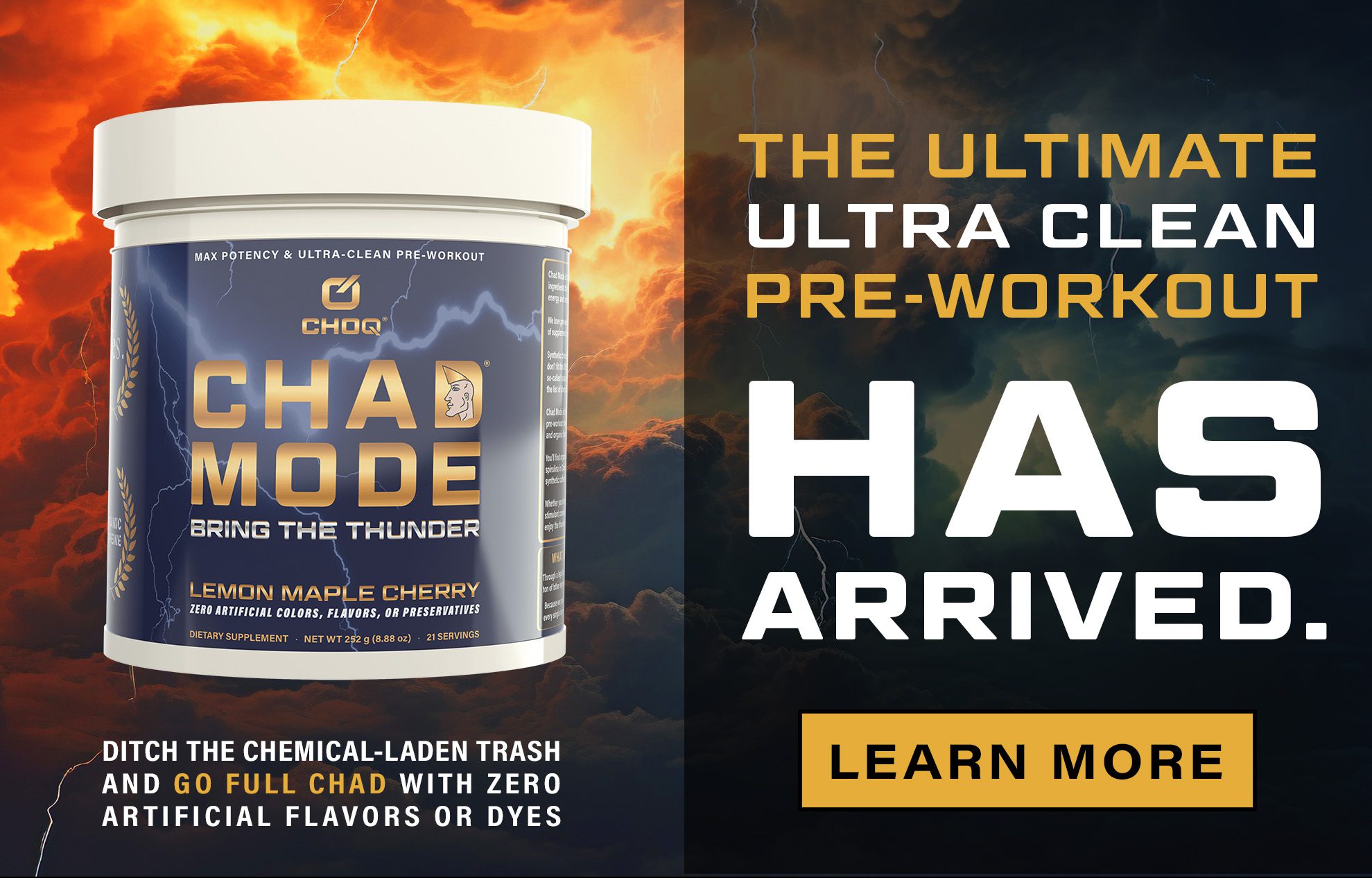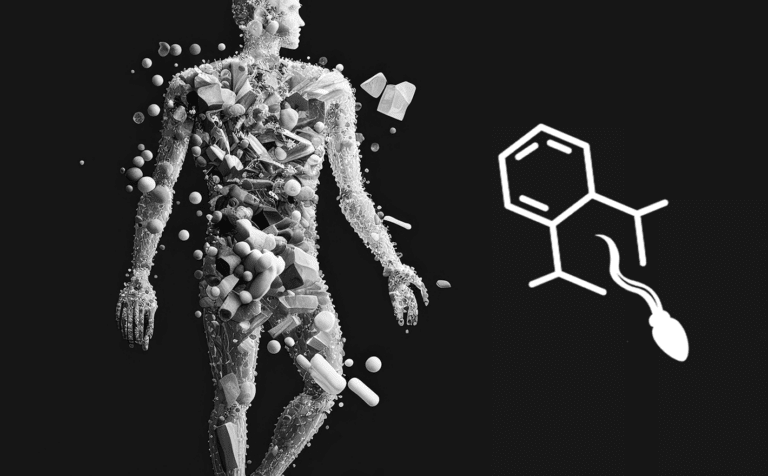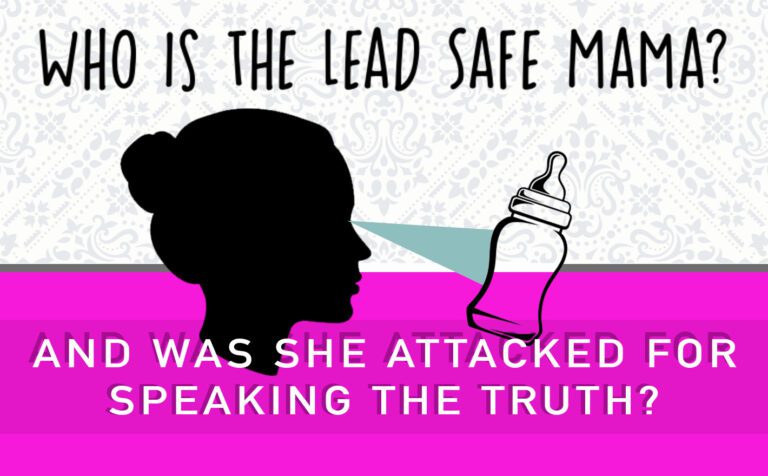It’s extremely common to see the word ‘Musk’ in headlines these days, but this is one of those rare cases in which the news isn’t talking about Elon. Rather, a slew of new articles are all buzzing about a little-known synthetic fragrance that may cause early-onset puberty in girls: musk ambrette.
A recent paper has added this compound to the growing heap of chemicals researchers suspect may cause girls to go through this major hormonal shift earlier than their predecessors.
But just how pervasive is musk ambrette, and thus how worried should we be about it?
According to non-profit watchdog organization EWG (Environmental Working Group), musk ambrette is no longer in widespread use but used to be found in a wide variety of products, including air fresheners, perfumes, cosmetics, soaps, and detergents.
Both NBC News and Today, however, suggest in their recent articles that this artificial aromatic is still commonly present in a variety of products, with the latter stating:
“Musk ambrette is found in a variety of scented products, such as personal care and cleaning products, as well as in some foods with artificial flavorings.”
If you’re as savvy as most CHOQ customers, then you already know it’s not uncommon for mainstream news to get certain details wrong. Given EWG’s extensive domain expertise–not to mention their relative lack of perverse incentives–we should be inclined to trust them more to get the facts straight on this topic.
Interestingly, the paper itself also claims that musk ambrette is still in widespread use:
“Musk ambrette, a form of nitro-musk, is a common fragrance component of soap, detergent, creams/lotions, perfume, and even some beverages and foods (51).”
Here’s the problem: that reference is to a paper that was published nearly 30 years ago.
It’s unclear why the researchers weren’t able to find something more recent to back up their assertion, but it’s readily apparent that their paper would garner far less attention if it implicated a compound that prepubescent girls are unlikely to encounter.
This discrepancy regarding this chemical’s current prevalence speaks to another important question we can’t help but ask…
Why is the media focusing on a chemical that’s no longer in widespread use?
It’s often more enlightening to use articles like these as opportunities to have a metaconversation that speaks to greater issues rather than merely discuss everything at face value.
Given the mainstream media’s historical reluctance to cover the myriad ways in which toxic chemicals impact human health, it’s heartening to see more of these articles from the likes of NBC News and Today. That being said, it’s suspicious that they’re focusing on a compound that’s already been largely phased out.
In the current information landscape, it’s crucial to keep in mind the unsettling reality that many of the megacorporations whose products contain these environmental toxins that are wrecking our hormones and general vitality either own or heavily fund (through advertising) the legacy media. It’s thus not unreasonable to be curious about the motivations that may lay hidden underneath the once trustworthy veneer of mainstream news.
Here are a few questions that come to mind:
- Why is the media reporting on a chemical that’s mostly out of use and thus doesn’t ruffle too many feathers?
- Does anything about this study suggest it’s overlooking other compounds whose implication as endocrine disruptors may be more threatening to certain financial interests?
- Is there anything about how this study has been framed that suggests it might be a distraction?
We don’t necessarily have all the answers, but we’ll do our best to provide some critical commentary in an attempt to address these questions and figure out what’s really going on beneath the surface.
Study design and results
The newly published study, titled “Identification of Environmental Compounds That May Trigger Early Female Puberty by Activating Human GnRHR and KISS1R,” screened a database called Tox21 consisting of over 8,000 unique chemicals to determine which ones might affect Gonadotropin-Releasing Hormone (GnRH), the hormone whose sharp increase is known to trigger puberty.
The study employed two different methodologies. In addition to using specialized chemistry software that simulates which chemicals might activate which receptors, the researchers also observed the effects of exposing musk ambrette to mouse and human brain cells in vitro to confirm that it can in fact activate GnRH receptors (as well as KISS1, which then activates GnRH).
While this isn’t a terrible experimental design, this study has some serious limitations as it’s only looking at a relatively narrow mechanism of action: the stimulation of the GnRH receptor. There are PLENTY of other ways that a chemical might affect girls’ hormones and lead to early onset puberty.
It’s not particularly hard to imagine that a study that cast a wider net with which to gather evidence may have implicated far more chemicals than this little-known synthetic fragrance that’s already been phased out of most products.
So is this paper as groundbreaking and significant as the legacy media makes it out to be?
Researcher makes questionable claim regarding her study’s uniqueness
Pediatric endocrinologist Dr. Natalie Shaw, ostensibly one of the study’s chief researchers, seems to state that this paper is the first of its kind…or does she?
It’s not entirely clear how much her original statements have been altered because both NBC News and Today paraphrased her words rather than quoting her directly.
NBC News stated:
“It’s the first time researchers have looked at the possible impact of environmental chemicals on the brain to explain the rise in early puberty, said Dr. Natalie Shaw”
Whereas Today said (of Shaw):
“It’s the first research to focus on how environmental chemicals may lead to early puberty.”
Though the first portrayal of Dr. Shaw’s comments is far more specific than the second–as it explicitly mentions the brain–a cursory web search quickly proves that both are patently false.
Using the AI research tool SciSpace, we were able to quickly pull up studies from over two decades ago on this exact topic. By simply asking it to show us “all of the studies on chemicals causing early onset puberty in girls,” we found these papers:
- Assessing the effects of endocrine disruptors in the National Children’s Study (2003) – Summary: Evidence suggests that exposure to polybrominated biphenyls (PBBs) in pregnant and breastfeeding mothers is associated with earlier puberty in girls
- Evidence of Effects of Environmental Chemicals on the Endocrine System in Children (2003) – Summary: Several studies reviewed suggest that it’s likely that various endocrine disruptors can affect the age at which puberty occurs
- Endocrine disrupters and human puberty (2006) – Summary: Epidemiological evidence shows earlier puberty in girls exposed to PCBs, PBBs, DDT, and phthalate esters
So, if it only took us a few minutes to dig these studies up, two of which are over thirty years old, then why are we being told that this study is nothing short of groundbreaking?
Trust the Science™!
How many times have you heard that one in the last few years?
Science and ‘the Science™’ are two very different things (if not the polar opposite of one another).
Science is a serious discipline that employs a rigorous empirical methodology to slowly chisel away at nature’s greatest mysteries. It’s ever-changing, filled with gray areas, and highly complex. Often, as soon as a question is answered, several new ones are generated.
The Science™, however, is at best meaningless and at worst the absolute demise of truly scientific thinking.
Even when a study is totally genuine and free of perverse incentives, the information gateways it passes through to gain public attention are often extremely compromised.
Given A. the narrow focus of this study, B. the exaggeration of the prevalence of musk ambrette, and C. the flat out lie that it’s the first study of its kind, it’s safe to conclude that something’s not quite right here.
At CHOQ, we’ve been all about hormone health since day one. It’s arguably our top specialization. Thus, we take offense when research on this crucial topic is distorted by the media.
If you look at our blog, you’ll find that we’ve written dozens of articles that discuss the effects of the chemical onslaught on our hormones and overall vitality. Many of our top-selling products, like CHOQ Shilajit, Tongkat 100, and our renowned Male Vitality STAQ, are the result of us searching high and low for the most potent, research-driven natural solutions for hormonal wellbeing known to man.
If you really want to dive into a deep research rabbit hole, you could spend a whole month reading several papers a day on the negative effects of environmental toxins on the human endocrine system (and probably drive yourself a little insane in the process).
But if you want to take a simpler approach to protecting your hormones, here are some essential tips:
- Make sure at least 75% of your diet is organic (preferably higher), as numerous pesticides are linked to endocrine disruption
- Only use natural cosmetics and body care products with simple ingredients you can pronounce
- Minimize eating or drinking anything out of plastic (particularly if that plastic has been subjected to heat or cold)
- Take supplements that support hormone health like Ashwagandha, Tongkat, and Shilajit
- And support healthy detoxification of endocrine-disrupting chemicals through proper hydration, avoiding detox suppressors like alcohol, and taking supplements like glutathione and B vitamins
Lastly, if you really want to take care of your hormones, here’s the ultimate pro tip: DO EVERYTHING IN YOUR POWER TO REDUCE STRESS!
It’s a simple fact of biology that stress hormones wreak havoc on reproductive hormones. Though this affects both men and women, female hormones are particularly sensitive to high-stress states.
Supplements like Tongkat ali and Ashwagandha are revered because they regulate cortisol so effectively, but also don’t forget the importance of meditation, prayer, dancing, hiking, boxing, painting, quality time with family, or whatever it is that keeps you calm, centered, and balanced.





